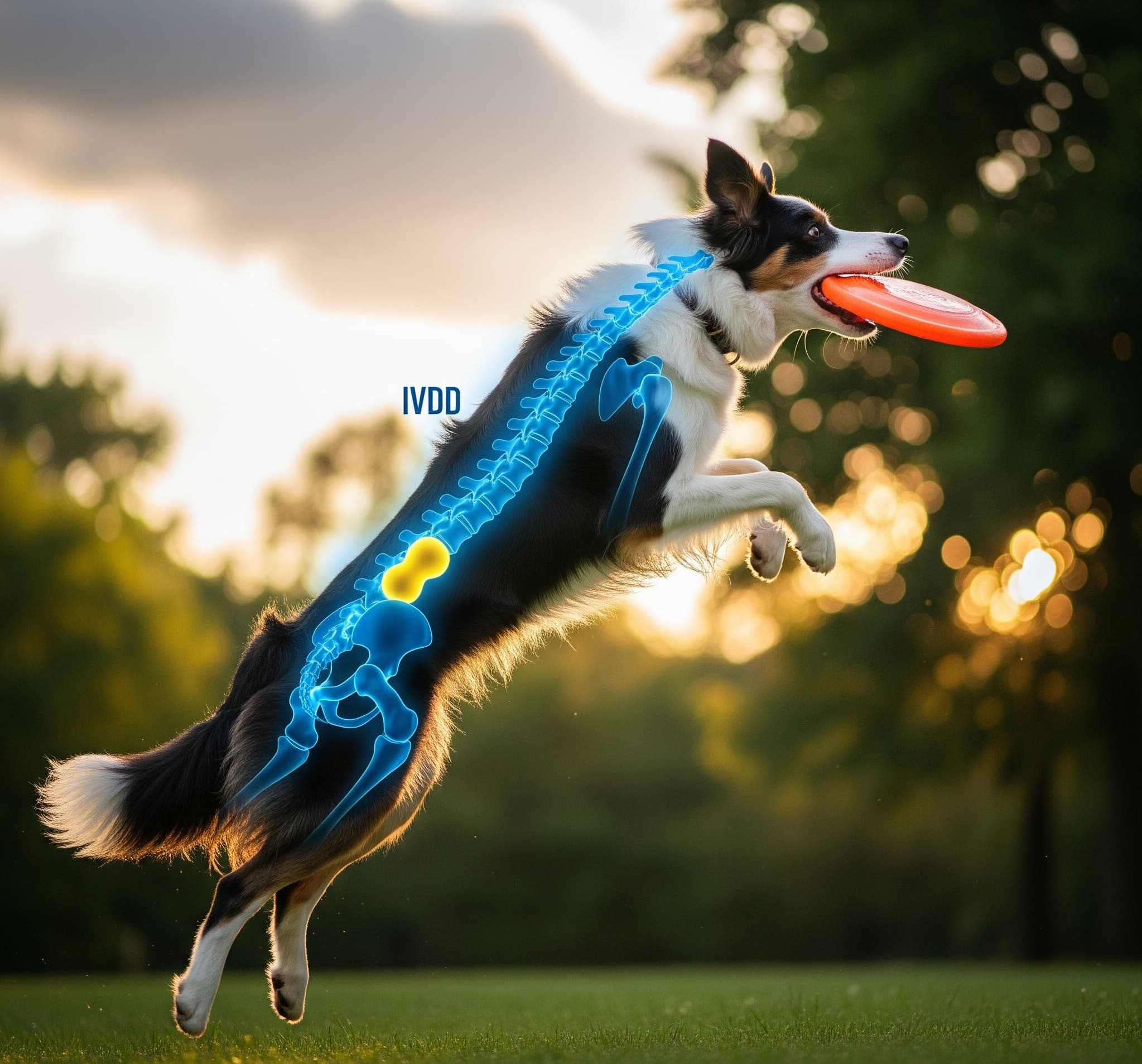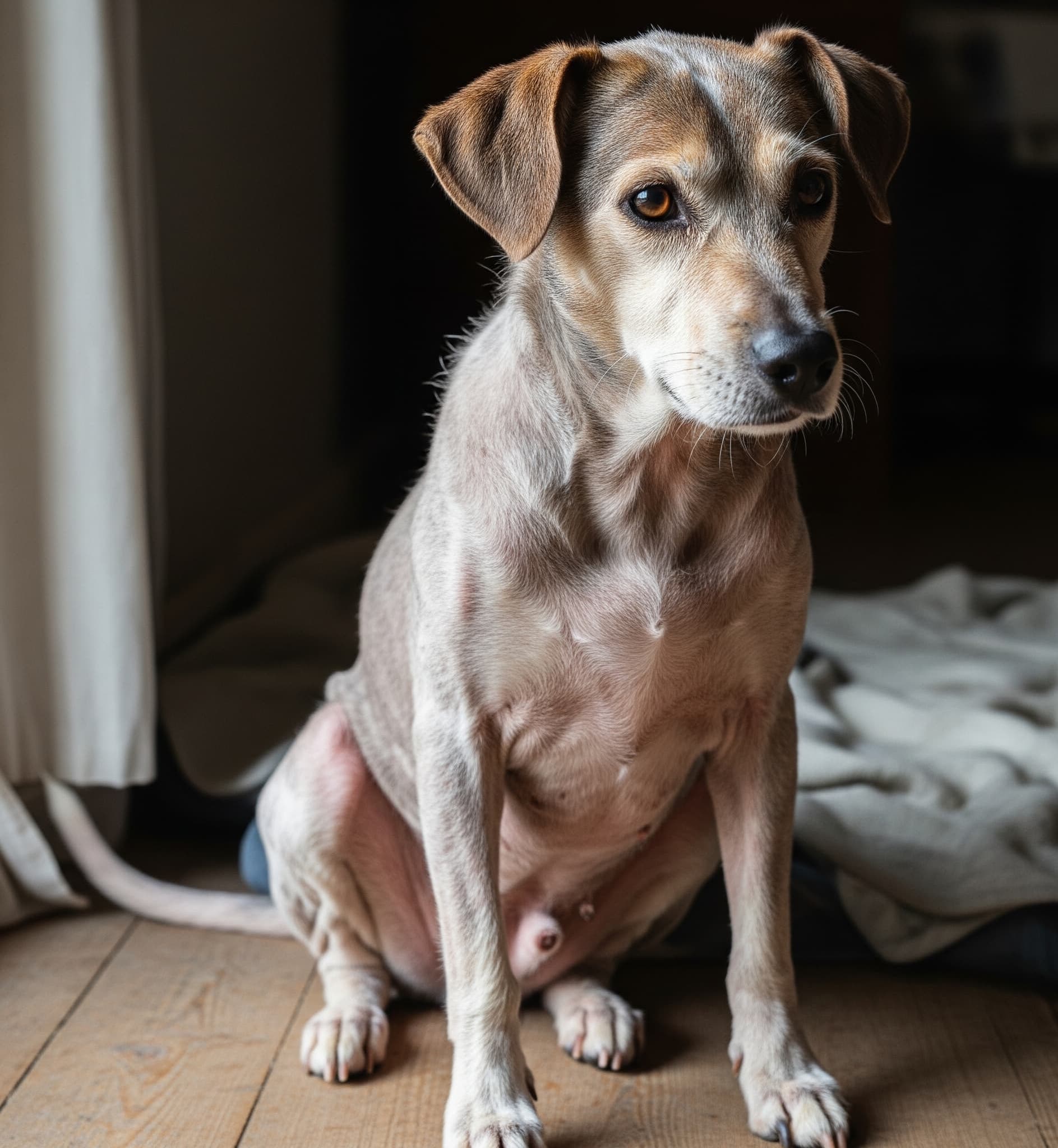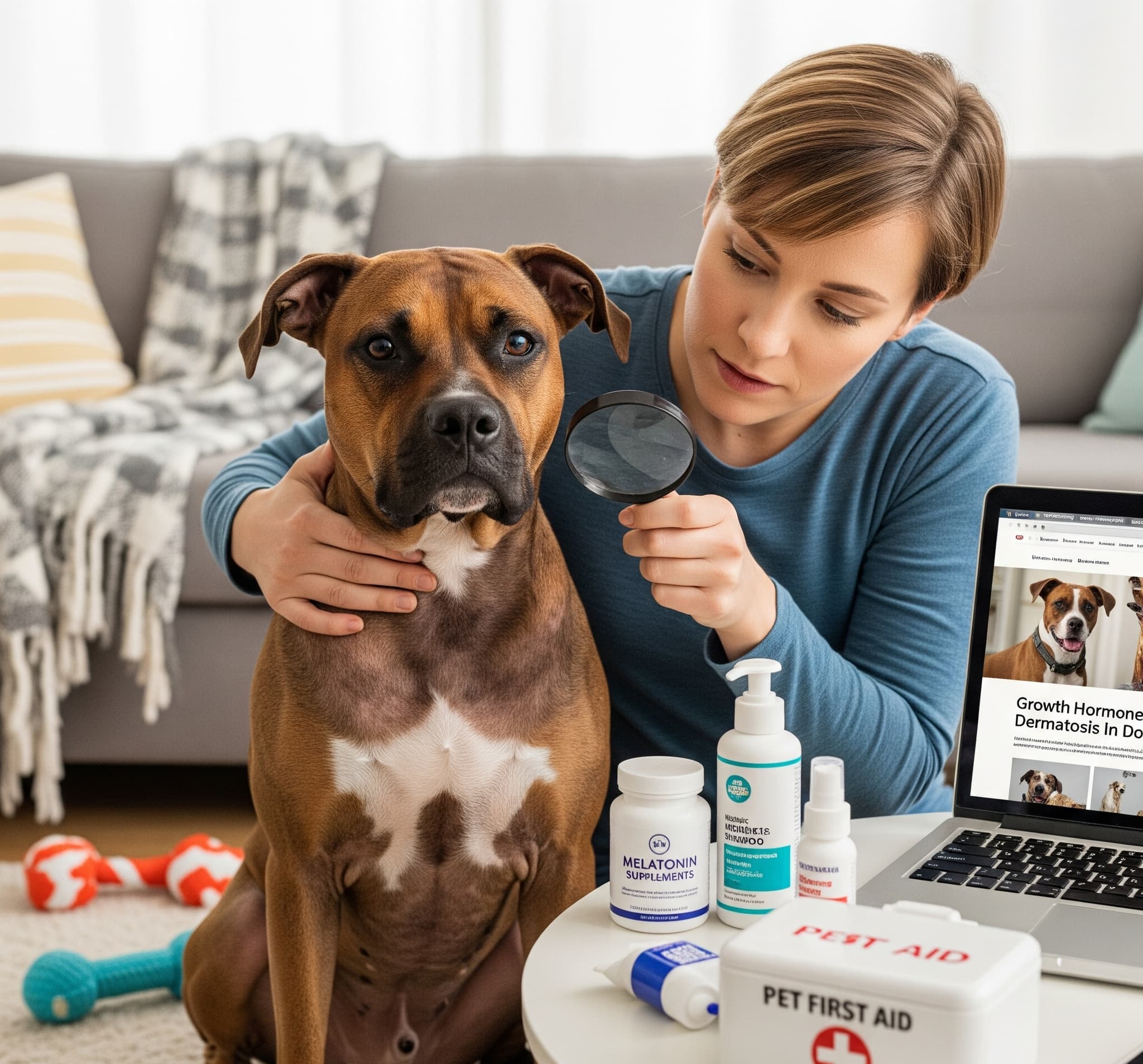First-Time Dog Owner Alert: Red Eyes and What They Mean
New dog owner worried about red eyes? Learn 5 key causes, when to see a vet, and simple home care tips to keep your puppy healthy and happy.
Introduction
So you just got your first dog, and now their eye looks red. Your heart probably skipped a beat, right? Take a deep breath. Red eyes in dogs happen all the time. Most of the time, it’s nothing serious.
As a new dog owner, everything feels scary at first. But here’s the thing – you don’t need to rush to the emergency vet every time something looks off. You just need to know what to watch for.
Red eyes can mean anything from simple allergies to something that needs immediate attention. The key is learning to tell the difference. This guide will walk you through everything you need to know as a first-time dog owner dealing with red eyes.
To help you navigate this guide and quickly find what you need, here are the key sections we’ll explore:
- Common Causes of Red Eyes in New Dogs
- Warning Signs That Need Immediate Vet Care
- Simple Home Care Tips for Mild Red Eyes
- How to Prevent Red Eyes in Your Dog
- Frequently Asked Questions for New Dog Owners
Common Causes of Red Eyes in New Dogs
Red eyes can happen for many reasons. Here are the most common ones new dog owners see:
Allergies are the top cause. Just like people, dogs can be allergic to pollen, dust, or certain foods. Their eyes get red and watery when exposed to allergens.
Dry eyes happen when dogs don’t make enough tears. This makes their eyes look red and feel uncomfortable. Some breeds like Bulldogs and Pugs get this more often.
Minor injuries from playing or exploring can cause redness. A small scratch from a branch or getting dust in their eye creates irritation.
Conjunctivitis is like pink eye in humans. It makes the eye red and sometimes produces discharge. This can spread between pets, so watch your other animals too.
Foreign objects like grass seeds or dirt can get stuck in the eye. Dogs love to dig and explore, making this pretty common in active pups.
Most of these issues are not serious. But knowing the difference helps you make smart choices about your dog’s care.
Warning Signs That Need Immediate Vet Care
Some red eye symptoms mean you should call your vet right away. Don’t wait if you see these signs:
Thick green or yellow discharge suggests a bacterial infection. This needs prescription medicine to clear up properly.
Squinting or keeping the eye closed means your dog is in real pain. This could signal a serious injury or infection.
The eye looks cloudy or hazy might indicate glaucoma or other serious conditions that can cause blindness if not treated quickly.
Your dog is pawing at their eye constantly suggests something is really bothering them. This can make the problem worse if left alone.
Swelling around the eye or if the eye bulges out is an emergency. Get to the vet immediately.
Loss of appetite or lethargy along with red eyes might mean the problem is more serious than just eye irritation.
Trust your instincts. If something feels wrong, it’s better to check with a professional than wait and worry.
Simple Home Care Tips for Mild Red Eyes
For minor red eyes, you can try some gentle home care first:
Clean the area gently with a damp, clean cloth. Wipe from the inner corner outward. Use a fresh part of the cloth for each eye to avoid spreading problems.
Remove any visible debris carefully. If you see something obvious like a grass seed, you can try to gently remove it with clean fingers or tweezers. Stop if your dog resists or if the object seems stuck.
Keep the area dry after cleaning. Moisture can make some problems worse, especially if bacteria are involved.
Limit outdoor time during high pollen days if you suspect allergies. Keep windows closed and use air conditioning instead.
Watch for improvement over 24-48 hours. Mild irritation should start getting better within a day or two.
Don’t use human eye drops unless your vet specifically recommends them. Many human medications can harm dogs.
Remember, home care only works for very mild cases. When in doubt, professional help is always the safer choice.
How to Prevent Red Eyes in Your Dog
Prevention is easier than treatment. Here’s how to keep your dog’s eyes healthy:
Regular grooming keeps hair out of their eyes. Long-haired breeds need daily brushing around the face area.
Clean living spaces reduce allergens. Vacuum regularly and wash your dog’s bedding weekly.
Protect during outdoor adventures by avoiding areas with lots of thorns or tall grass that might scratch their eyes.
Regular vet checkups catch problems early. Your vet can spot issues before they become serious.
Proper nutrition supports overall eye health. High-quality dog food with omega fatty acids helps maintain healthy eyes.
Fresh water daily prevents dehydration, which can lead to dry eyes.
Monitor for breed-specific issues since some dogs are more prone to eye problems than others.
Building these habits early makes eye care routine for both you and your dog.
Frequently Asked Questions for New Dog Owners
Should I worry if only one eye is red?
Red in just one eye often means injury or something stuck in that eye. Check for obvious debris first. If the redness doesn’t improve in 24 hours, see your vet.
How long should I wait before calling the vet?
For mild redness with no other symptoms, wait 24-48 hours while trying gentle home care. Call sooner if you see discharge, squinting, or if your dog seems uncomfortable.
Can I use saline solution on my dog’s eyes?
Plain saline (salt water) is generally safe for gentle cleaning. Make sure it’s preservative-free. But don’t use it as a cure – it’s just for cleaning.
Are certain dog breeds more likely to get red eyes?
Yes! Flat-faced breeds like Pugs and Bulldogs get dry eyes more often. Dogs with long hair around their eyes also face more irritation.
When will the redness go away?
Minor irritation improves in 1-3 days with proper care. Infections or allergies might take longer and need professional treatment.
Conclusion
Red eyes in your new dog don’t have to be scary. Most cases are minor and easy to handle. The key is knowing when to try simple home care and when to get professional help.
Watch for serious warning signs like thick discharge, constant squinting, or cloudiness. These need immediate vet attention. For mild redness, gentle cleaning and monitoring often do the trick.
Remember, you’re learning together with your new pet. Building good eye care habits now will help prevent problems later.
Ready to become the best dog owner possible? Subscribe to our newsletter for more first-time dog owner tips delivered straight to your inbox! Have questions about your dog’s eye health? Share them in the comments below – we love helping new pet parents succeed!




Post Comment